I rode the 70kms from Pamplona, Colombia, getting an early start. It was an easy ride winding down out of the mountains onto some long stretches towards Cucutá. I arrived at 9.30am and was met there by Mario, a BMW rider I had met in Honduras.
The Colombian side of things was again fast and efficient even with the traffic,
signing out the bike and stamping out the passport. Within half an hour we were riding across the border to the Aduana office on the right. We had to get insurance and my passport stamped in first and that was a bit of a walk through San Antonio to find the immigration office with a long line of people.
It took a good hour to get our turn, and in the meantime Mario was across the road getting copies and insurance. Incredibly insurance was 600 Bolivars (US$4) for one year.
A return to the aduana office and the import permit was completed.
The whole process was actually laborious and took 4 hours! There was a big traffic jam going into Colombia.
Finally I was in Venezuela!
Mario and I rode the 45 minutes to San Cristobal winding through the hills, the thick traffic on a single lane each way, the rough road surface, the piles of litter lining the roadside. The first view of San Cristobal was great though
and without Mario to navigate through the maze of strangely configured roads I would have been completely lost. We entered a gate at the top of a closed community where Mario’s house is on two blocks at the bottom of the private road, with views over the northern end of the city. As with many cities here and in Colombia it is set in a valley with housing spreading up each side and the city centre at the bottom of the valley.
Mario, his wife Luce, adult children Mario, Paula and Camilo were incredibly welcoming and generous. Luce made sure I was kept fed, Paula and Camilo made me feel completely welcome, slowing their Spanish to an understandable tempo for me, and Mario (Jnr) spoke English well, having spent time in Hawaii. Mario was also a good BMW motorcycle technician and soon had Ziggy purring beautifully with new oil for the motor, gearbox and final drive; spark plugs, valve clearance adjustment and clutch fluid. I took the opportunity to learn a lot more about Ziggy and how to maintain her well. I lubricated springs and other necessary parts after a well deserved wash, tightened a few screws and attended to a few other little things that had been going on. All sorted, Ziggy was back to peak condition!
Mario (snr) runs an import business and they are doing alright in Venezuela. The family owned and run business employs Paula and both Marios while Camilo is a year away from qualifying as a doctor. Mario gave me rock star treatment and I was a pampered guest, doing some blogging and writing in the tranquil back yard,
with Max the Bulldog
providing an endless source of amusement.
Life is difficult in Venezuela but I was surprised at how normal life can be. As I always suspected, most people care about their families, having their house, a job and getting by. It is no exception here. Life goes on as usual as possible with the family taking me out on different nights for sushi, hamburgers, pizza and ice cream.
And the views.
The supermarkets shelves are full but the shopping trolley with cakes of soap
are limited to one per person per fortnight, and literally each family member
has to come into the shop to register their sale. There are lines at the
checkout that can take two hours for the essential items, however if you buy
fruit and vegetables, and locally made ham and cheese from the deli section,
there is a separate cashier at the back of the store with no line.
There are empty car lots with names such as Toyota, Nissan, Hino, Suzuki; whose buildings are locked and waiting for a change in politics. Petrol is the craziest thing in the country. It is virtually free, at 0.097 Bolivares per litre.
But you have to wait in line much of the time.
The official rate for US dollars is 13 Bolivares but the thriving black market is offering around 170 Bolivares and I even heard of 188, with the rate heading towards 200. So to fill up my motorcycle with 33 litres of petrol, the cost is 3.20 Bolivares or less than US$0.02 at the 170:1 rate. Even at the official rate it is less than US$0.25!! I still haven’t figured out why this is the case when an ice-cream costs 120 Bolivares, but then a 600mL bottle of coke is only 45 Bolivares (US$0.30).
I was invited to a few days away with Mario (jnr) and his friends to Socopó, a town near the Socopó River, 200kms north-east of San Cristobal. We stayed for three nights, lazing by the edge of the river, cooking up huge couldrons of soup with chicken, beef and vegetables; barbecued steak on an open fire and enjoyed the local rum.
I was given a hotel room, a matrimonial suite with a very comfortable bed, private bathroom and private garage for the bike - $7 per night. The restaurant was a la carte and high quality so I lashed out on a $3.50 delicacy! It was a wonderful weekend with new friends, great riding, relaxing river location, great food and lots of laughs.
My first week in Venezuela has been fantastic with local generosity once again humbling me. A ‘chance’ meeting on the road with Mario and Walter in Honduras has led to this and in a few days Mario and I travel to Merida to visit Walter. I knew it was the right decision to come here. I almost went to Ecuador, which would have been equally fantastic, but now my plan of visiting Venezuela and riding the Guyanas is coming to fruition.
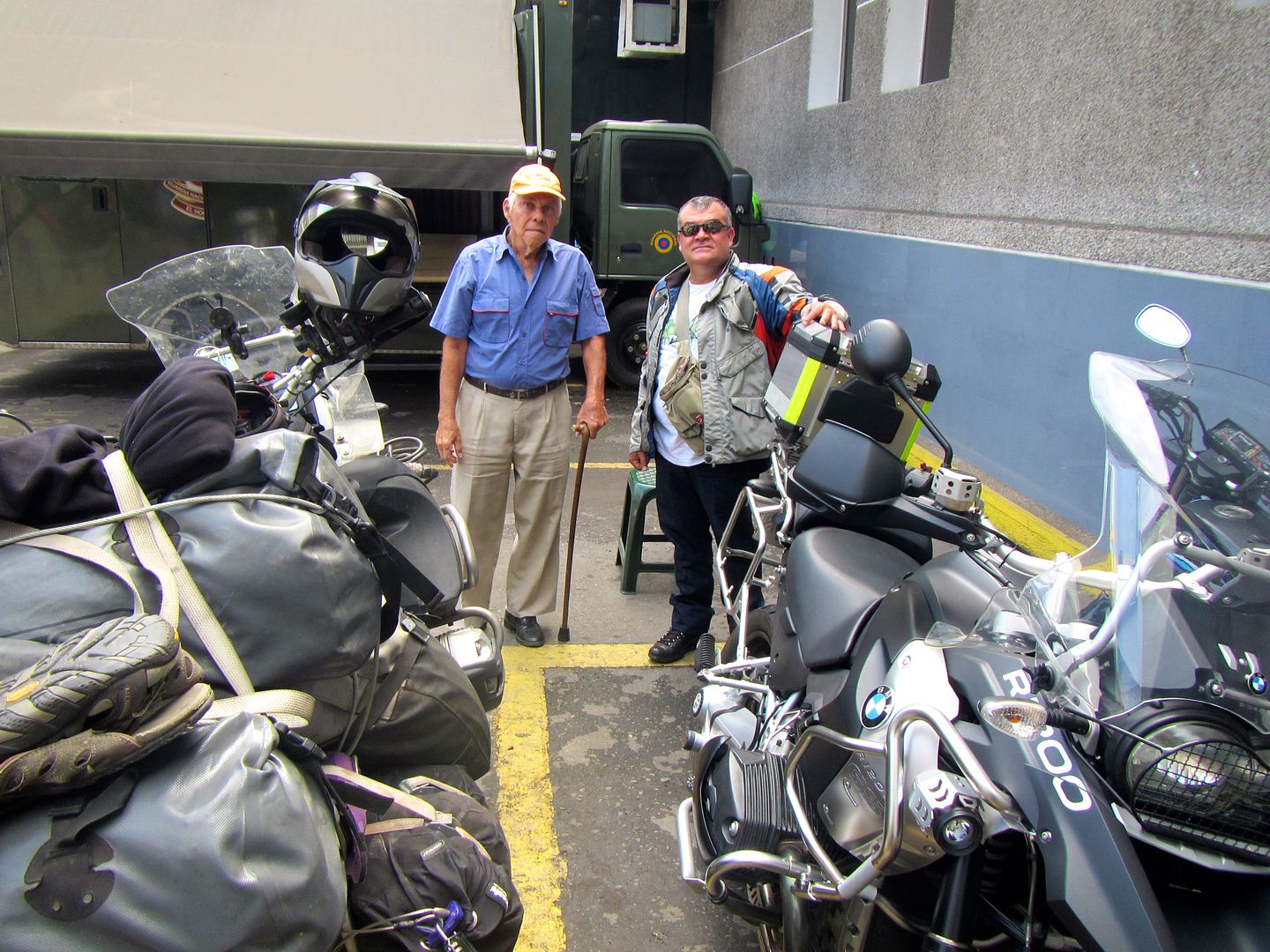
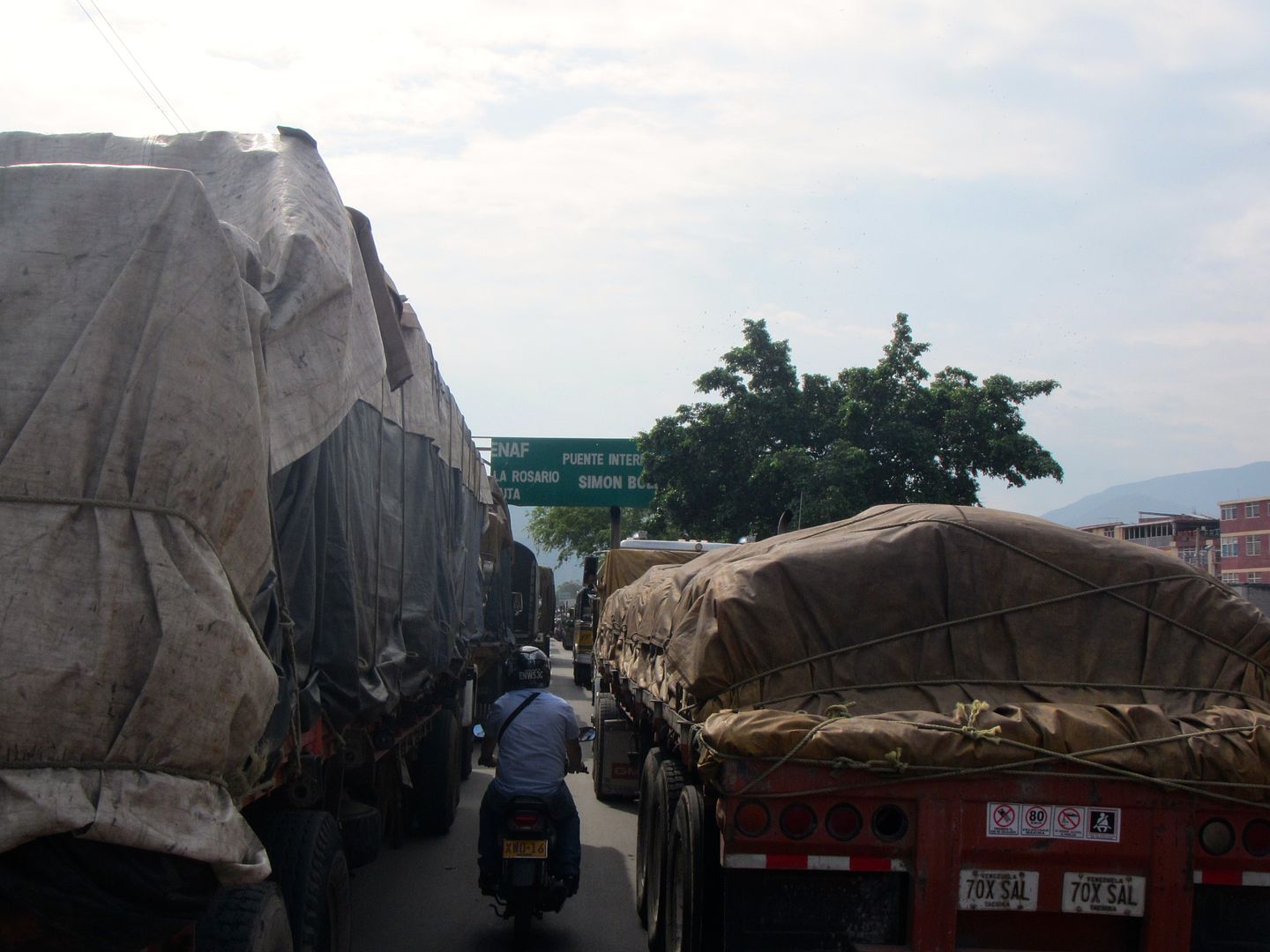

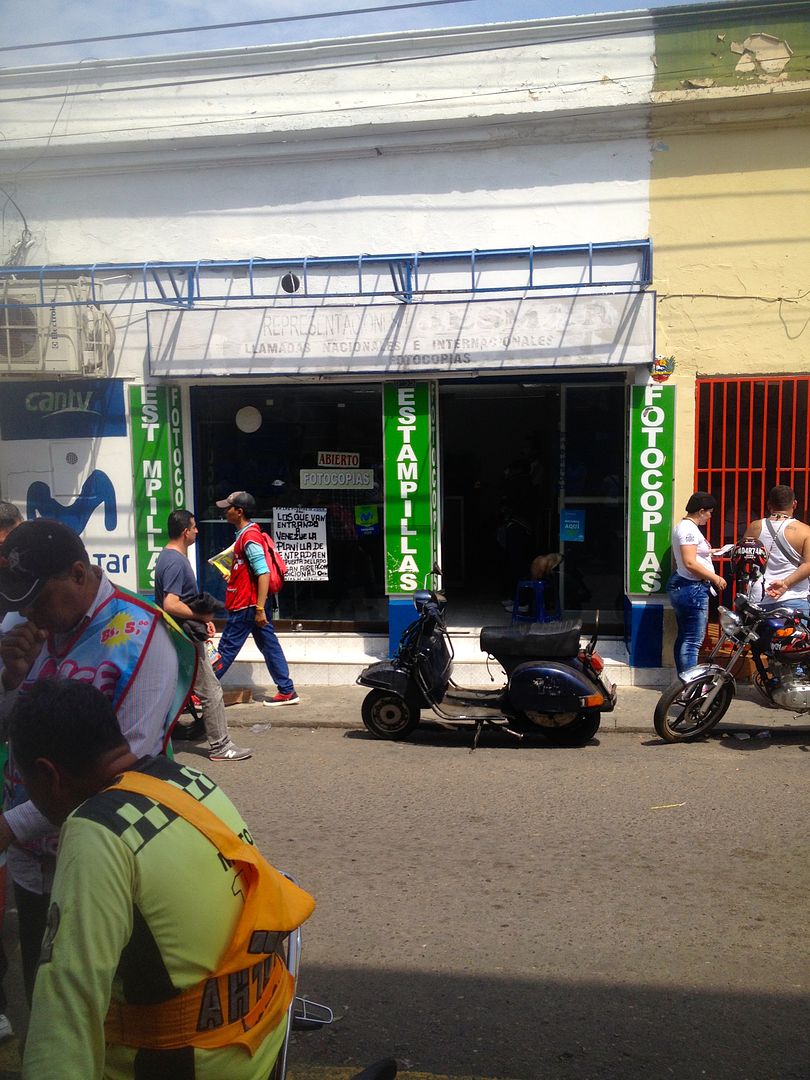

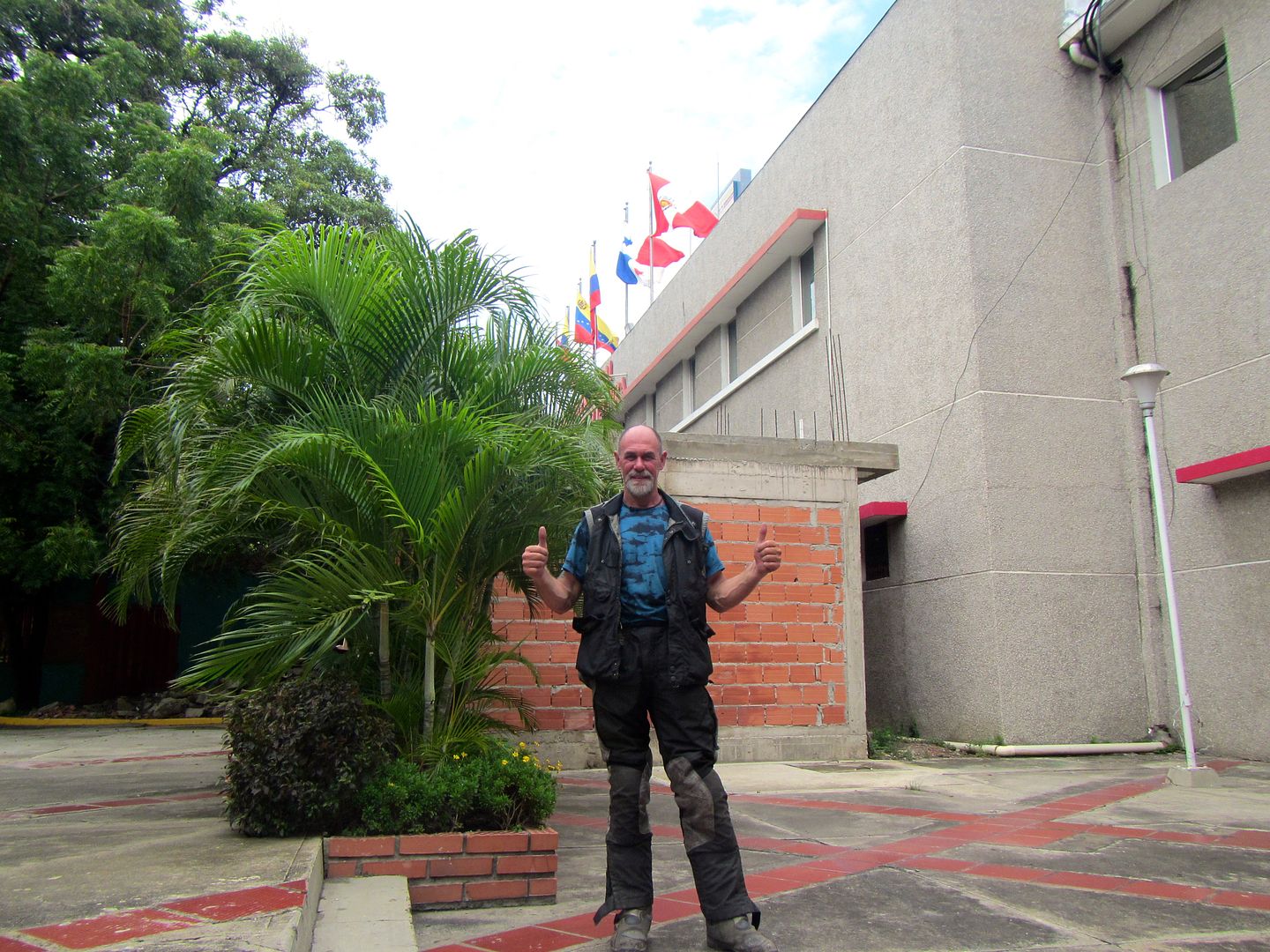
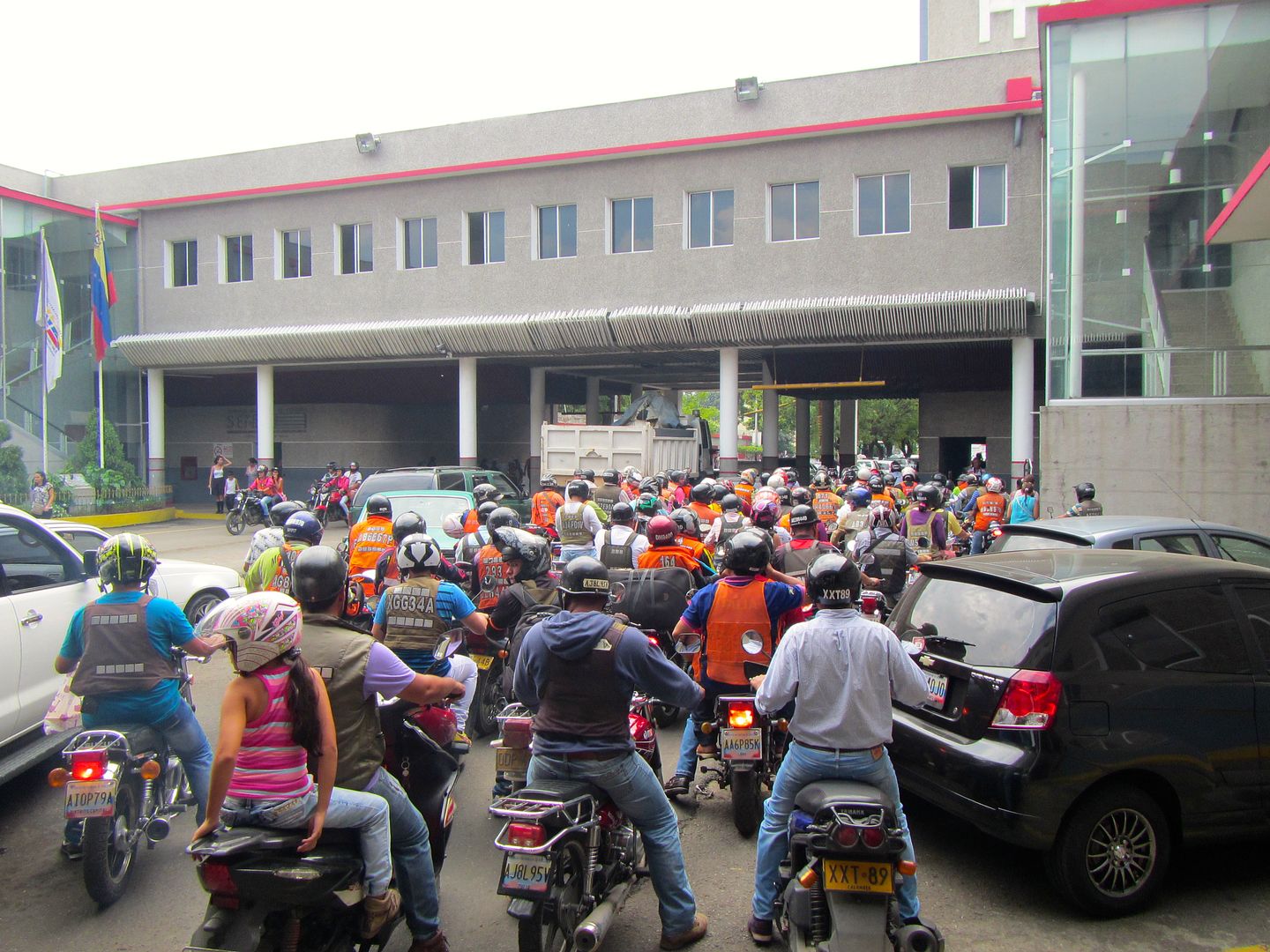
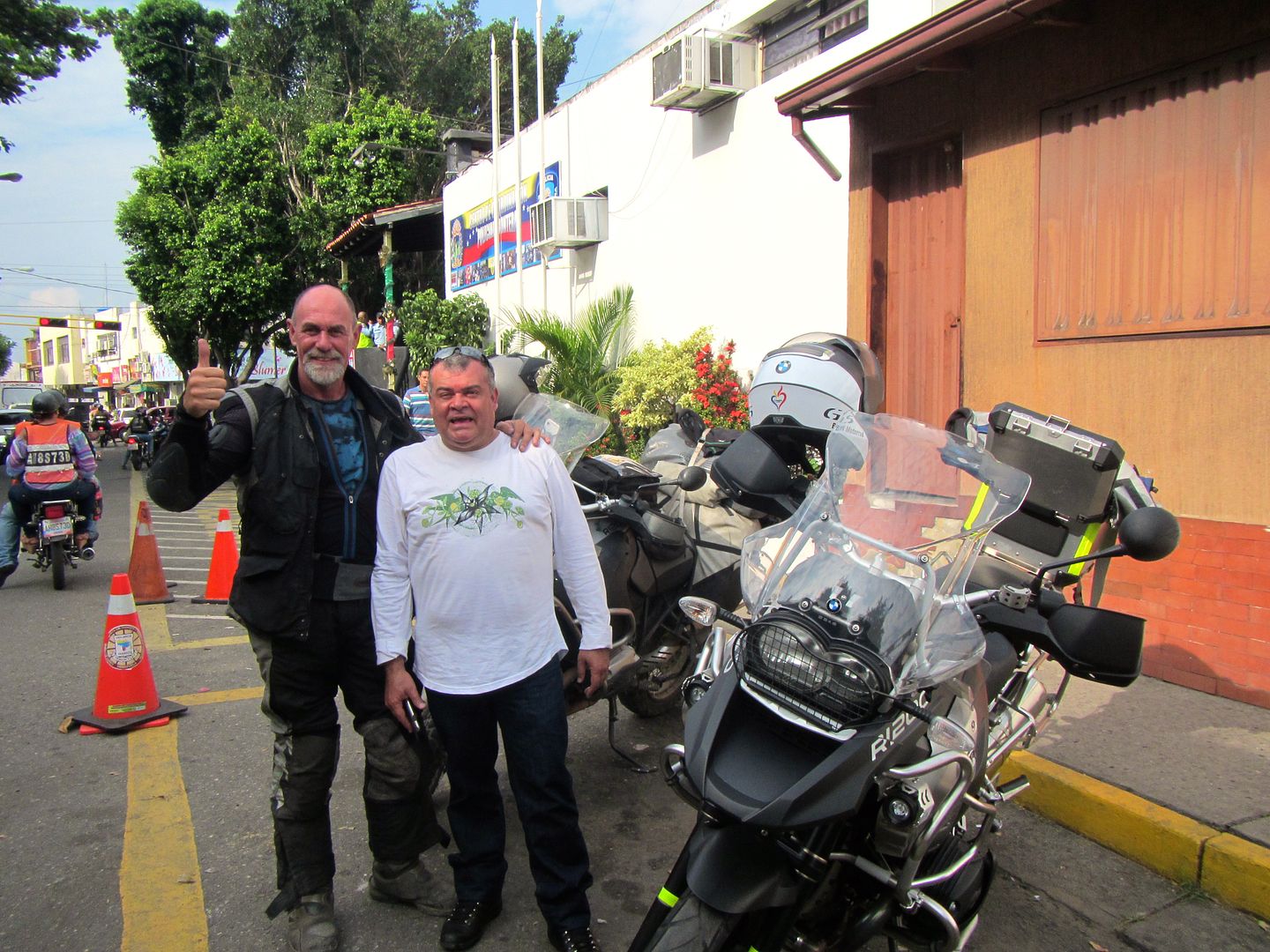
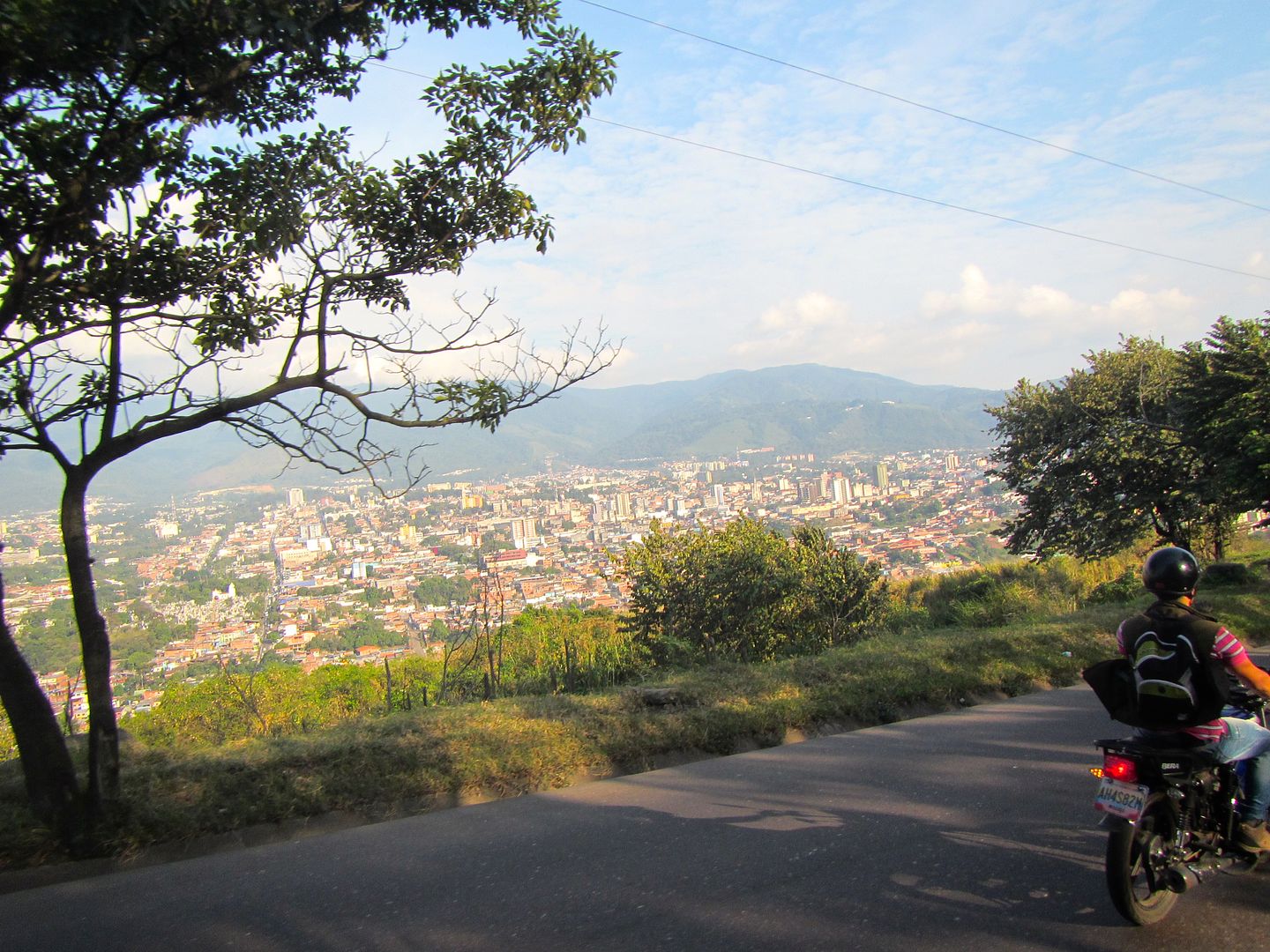
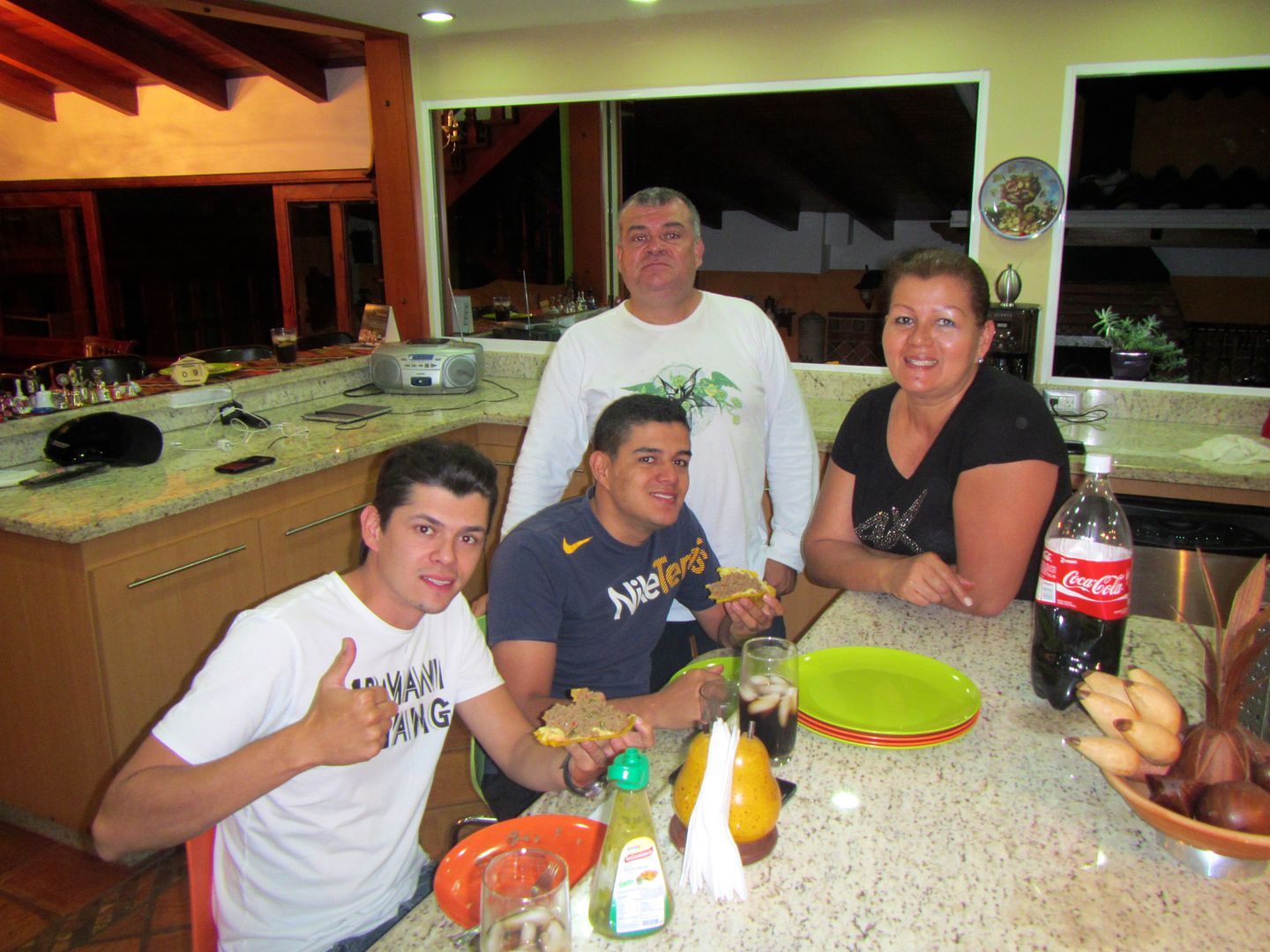
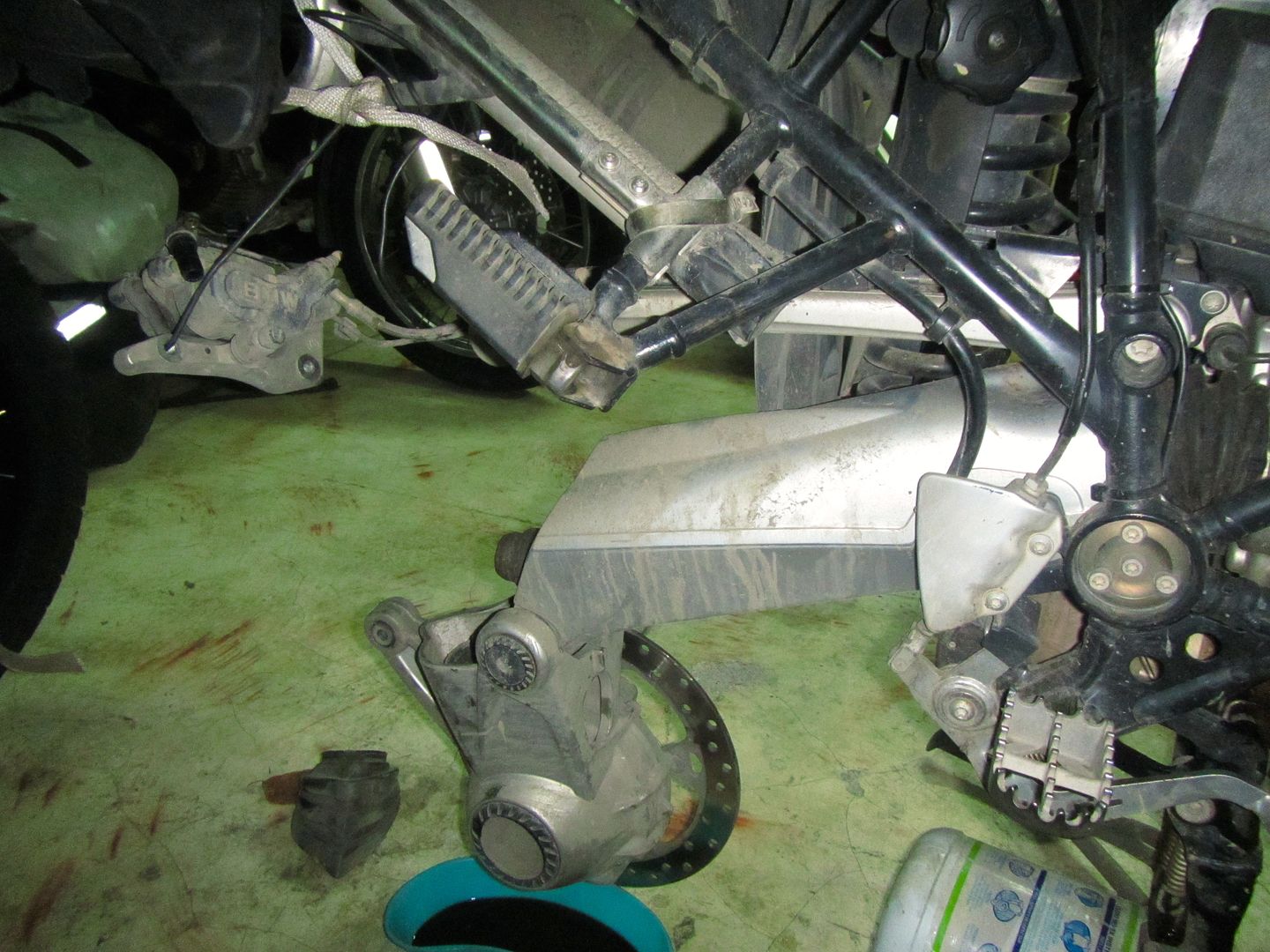
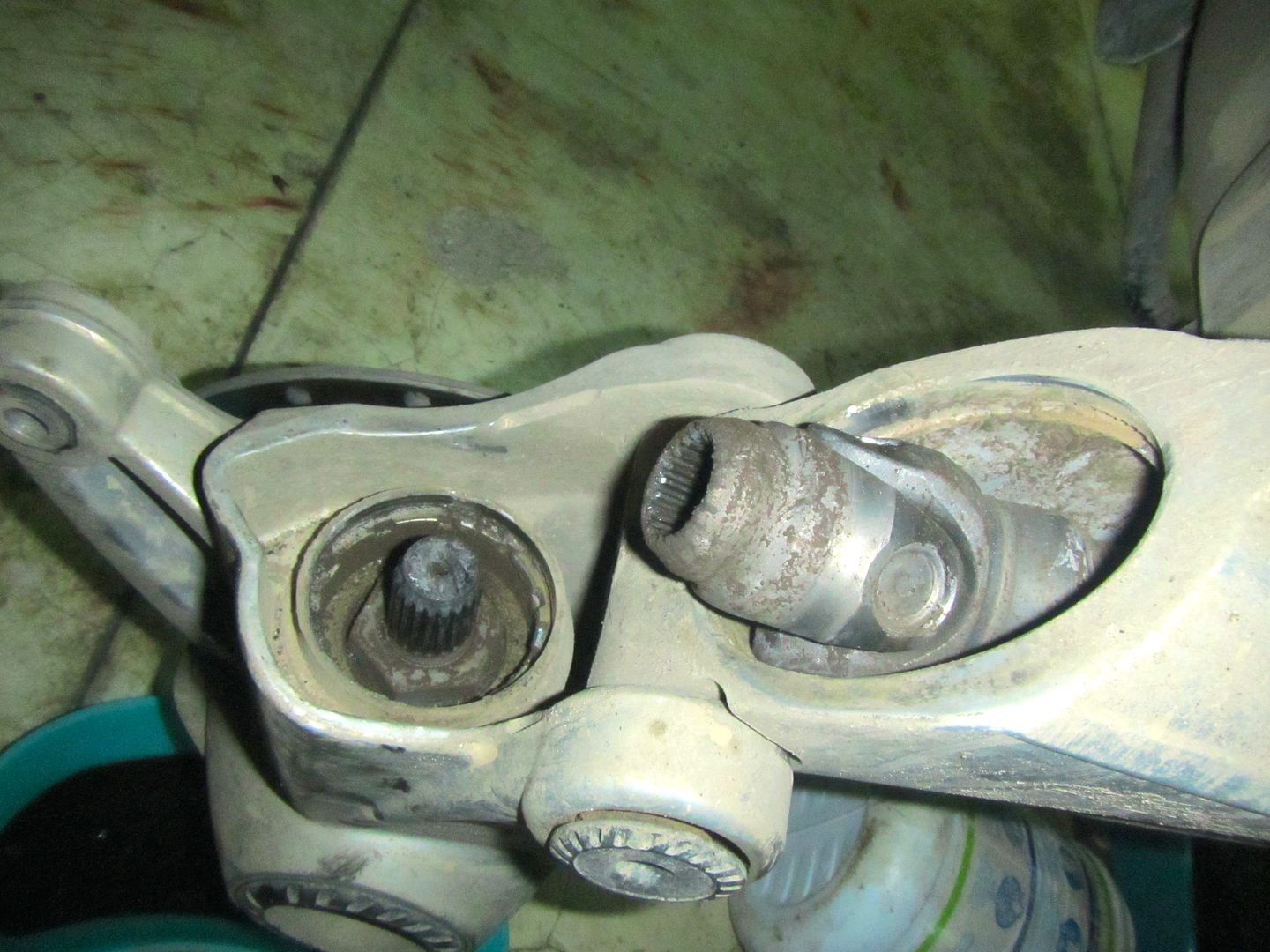
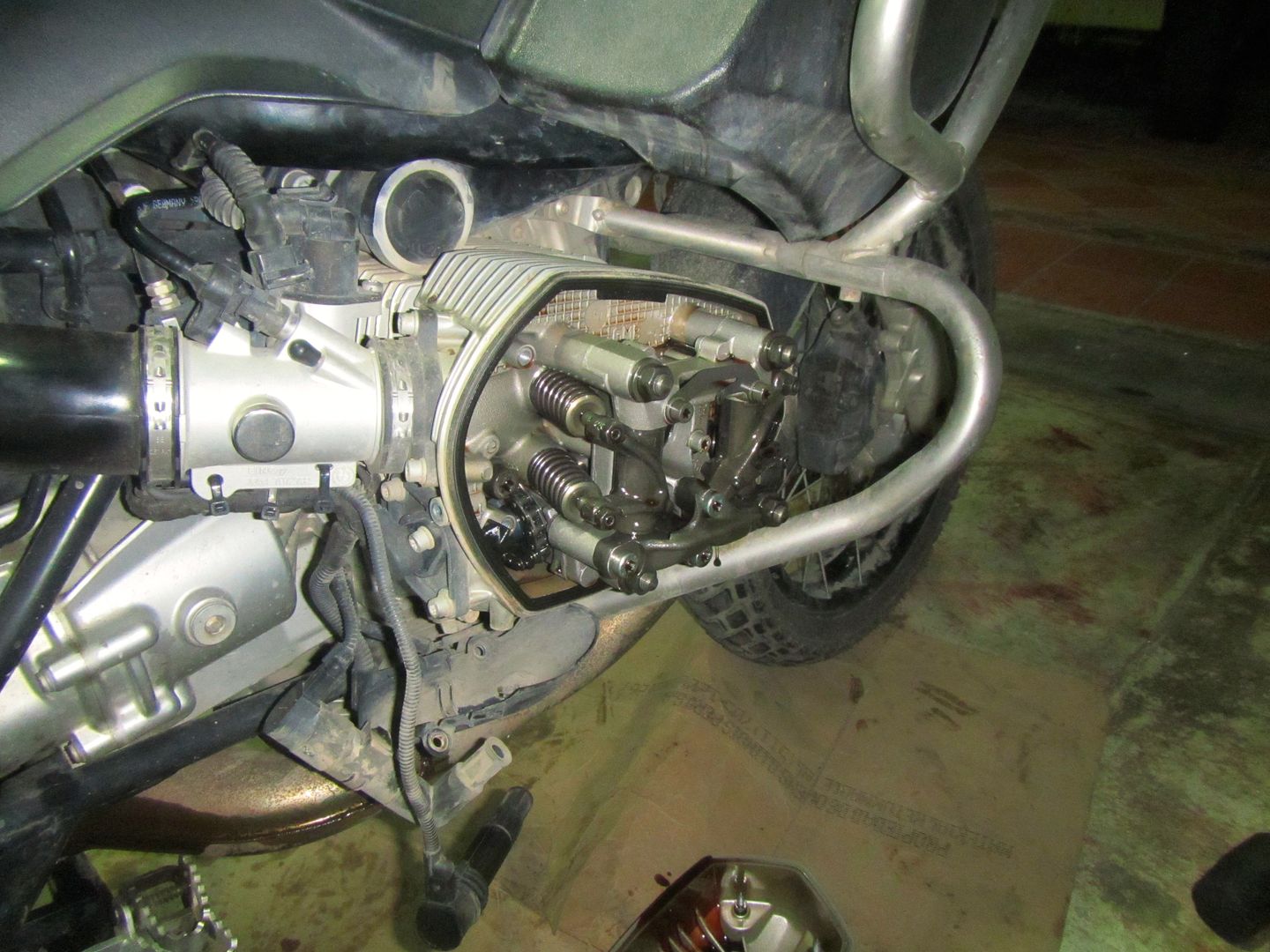
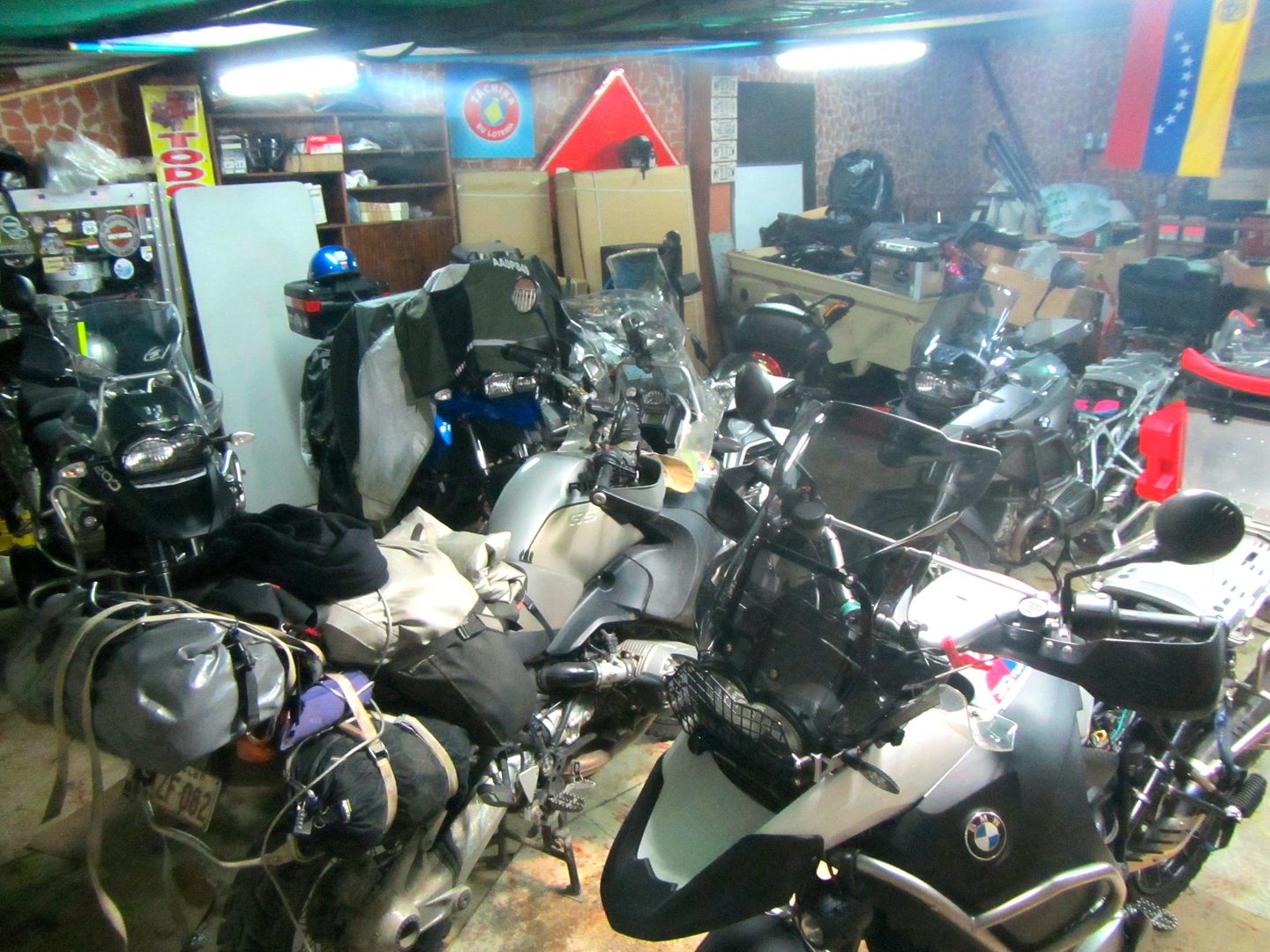
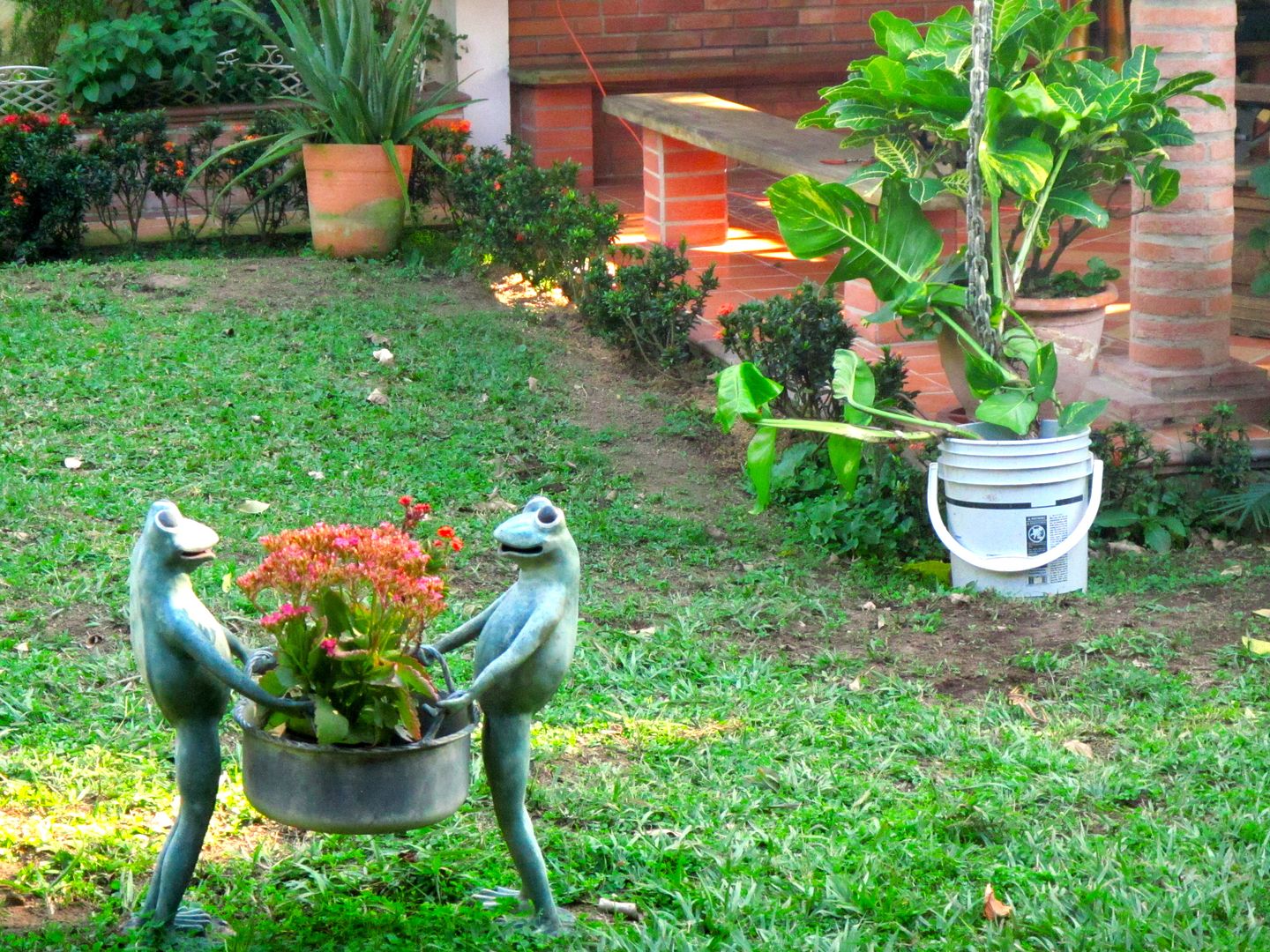


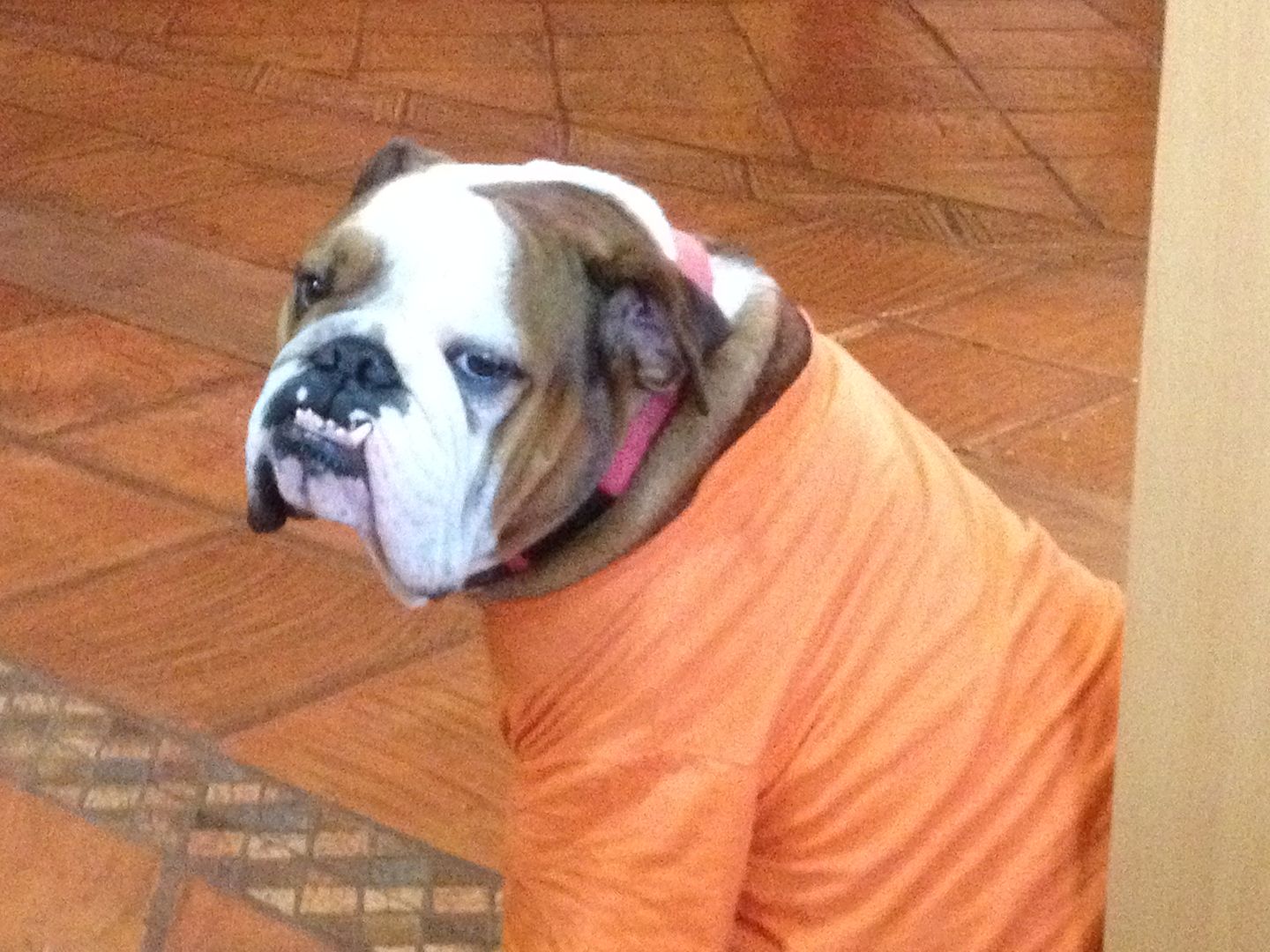

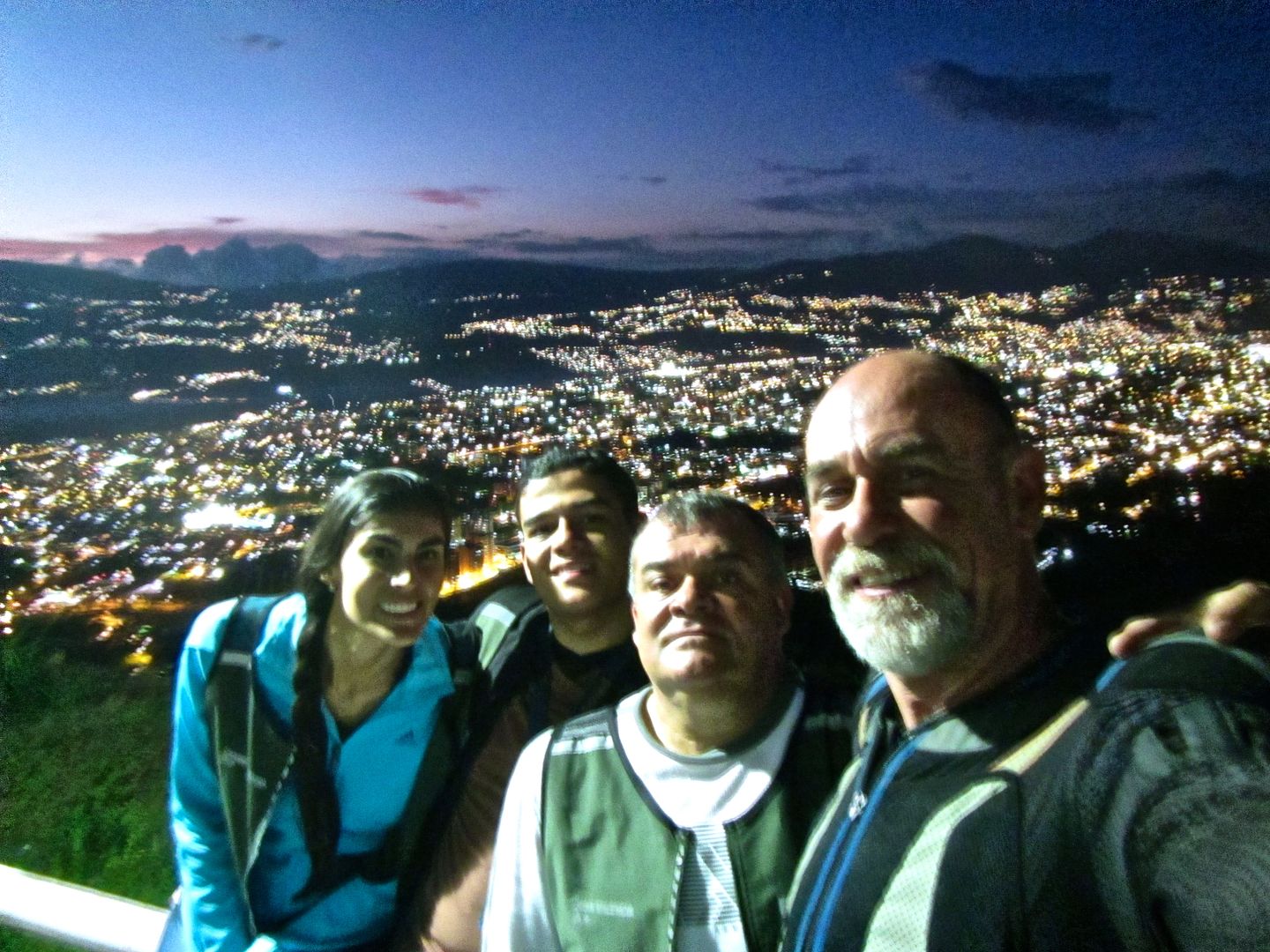
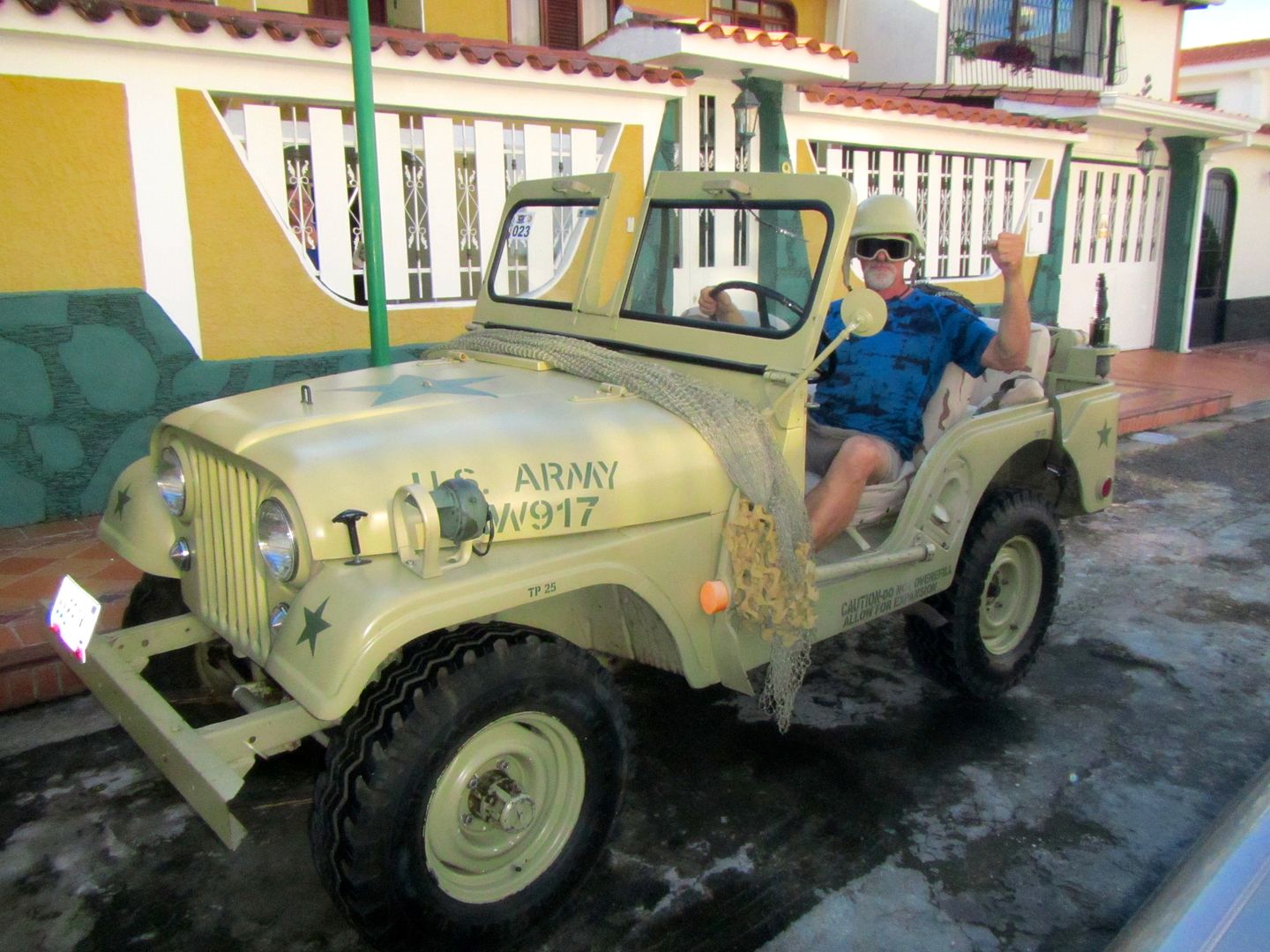
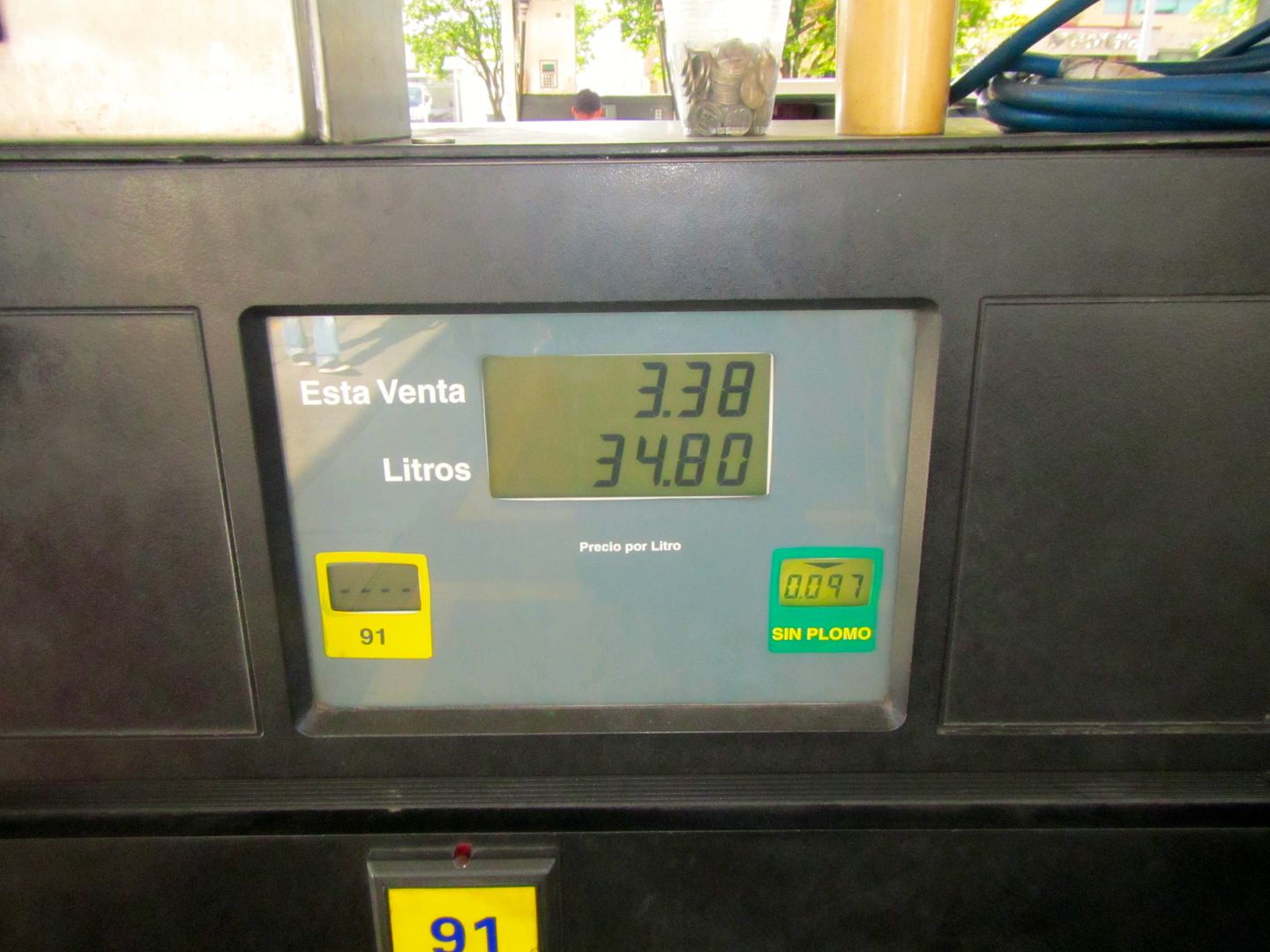
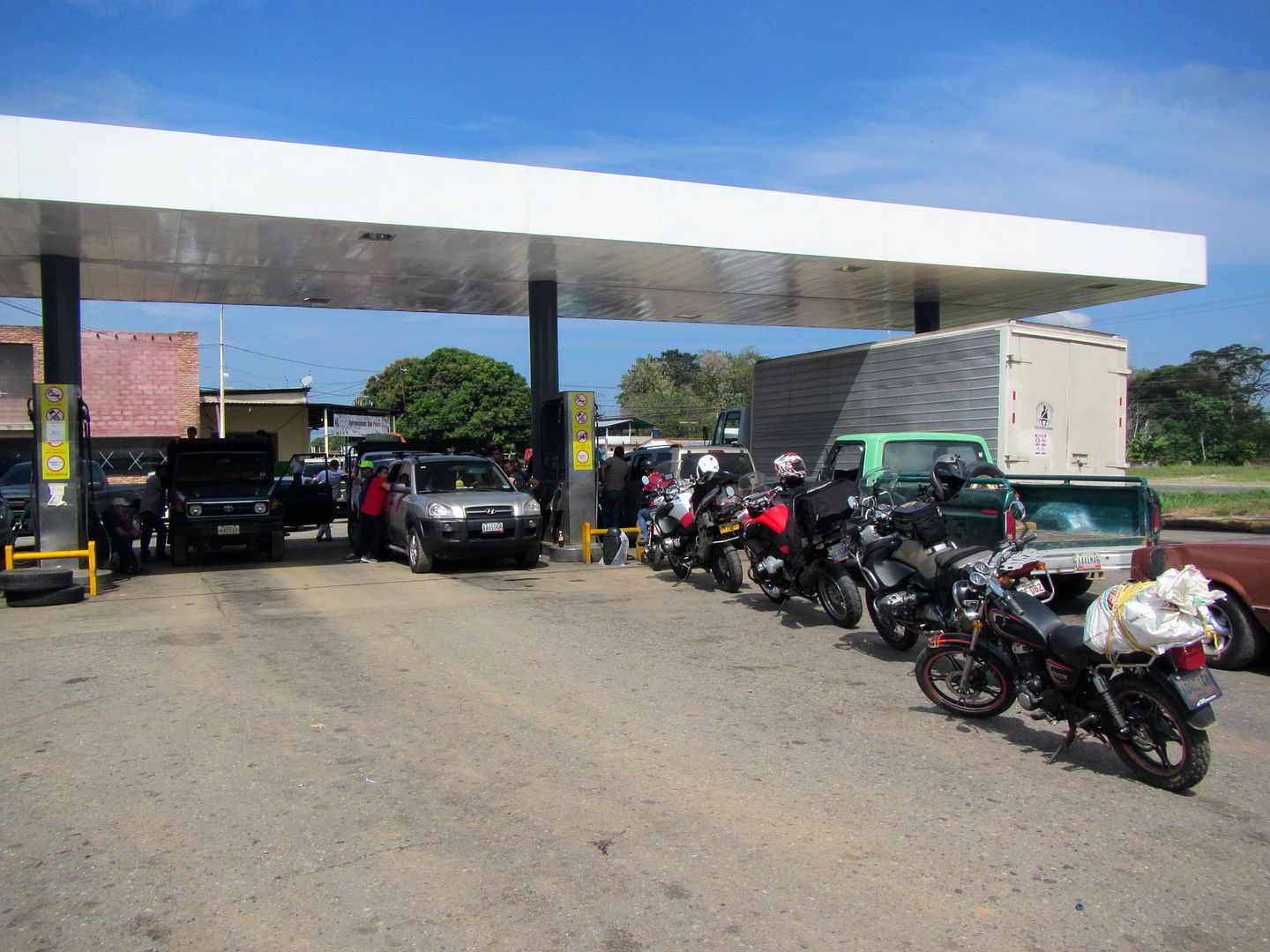
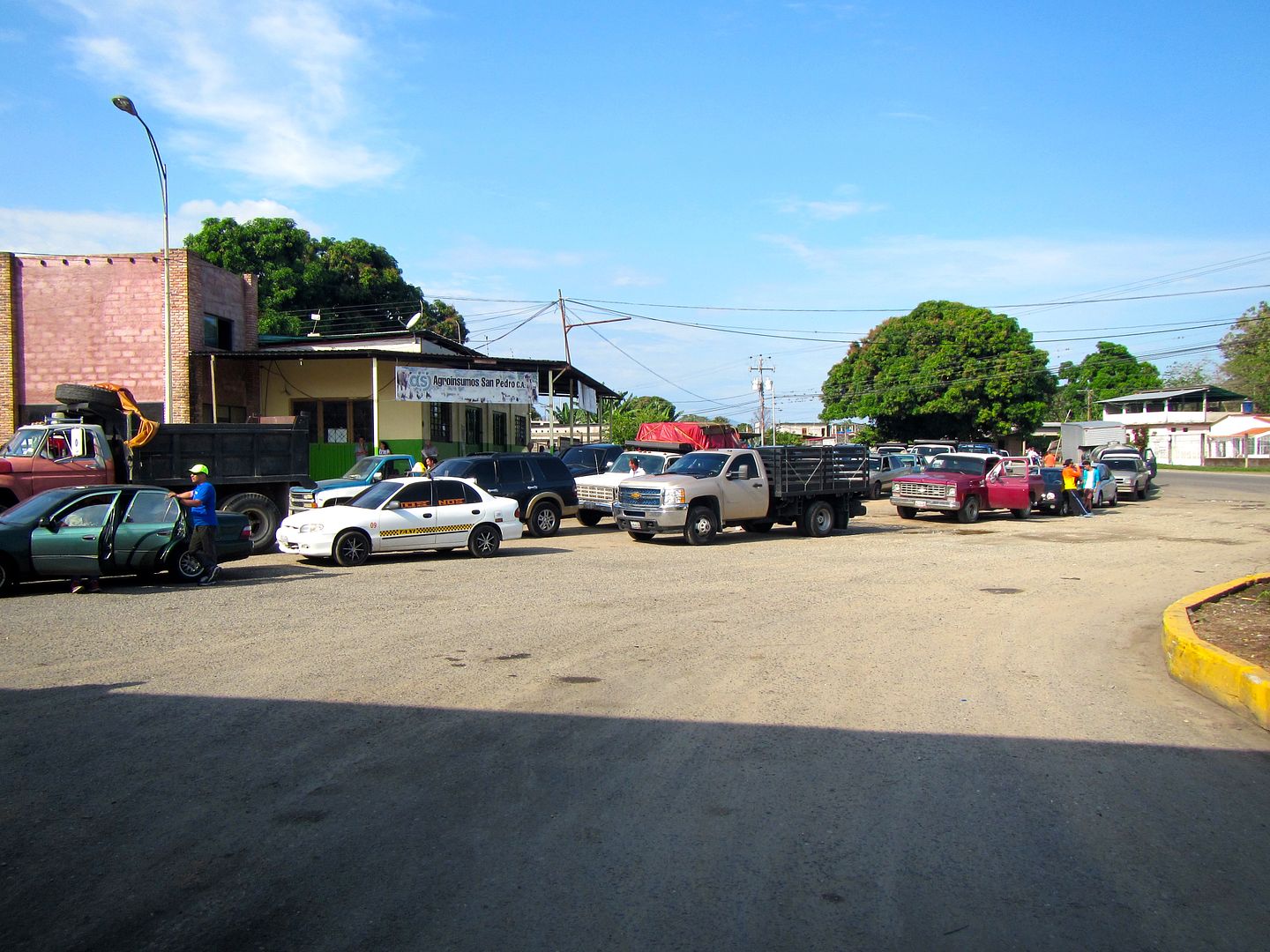
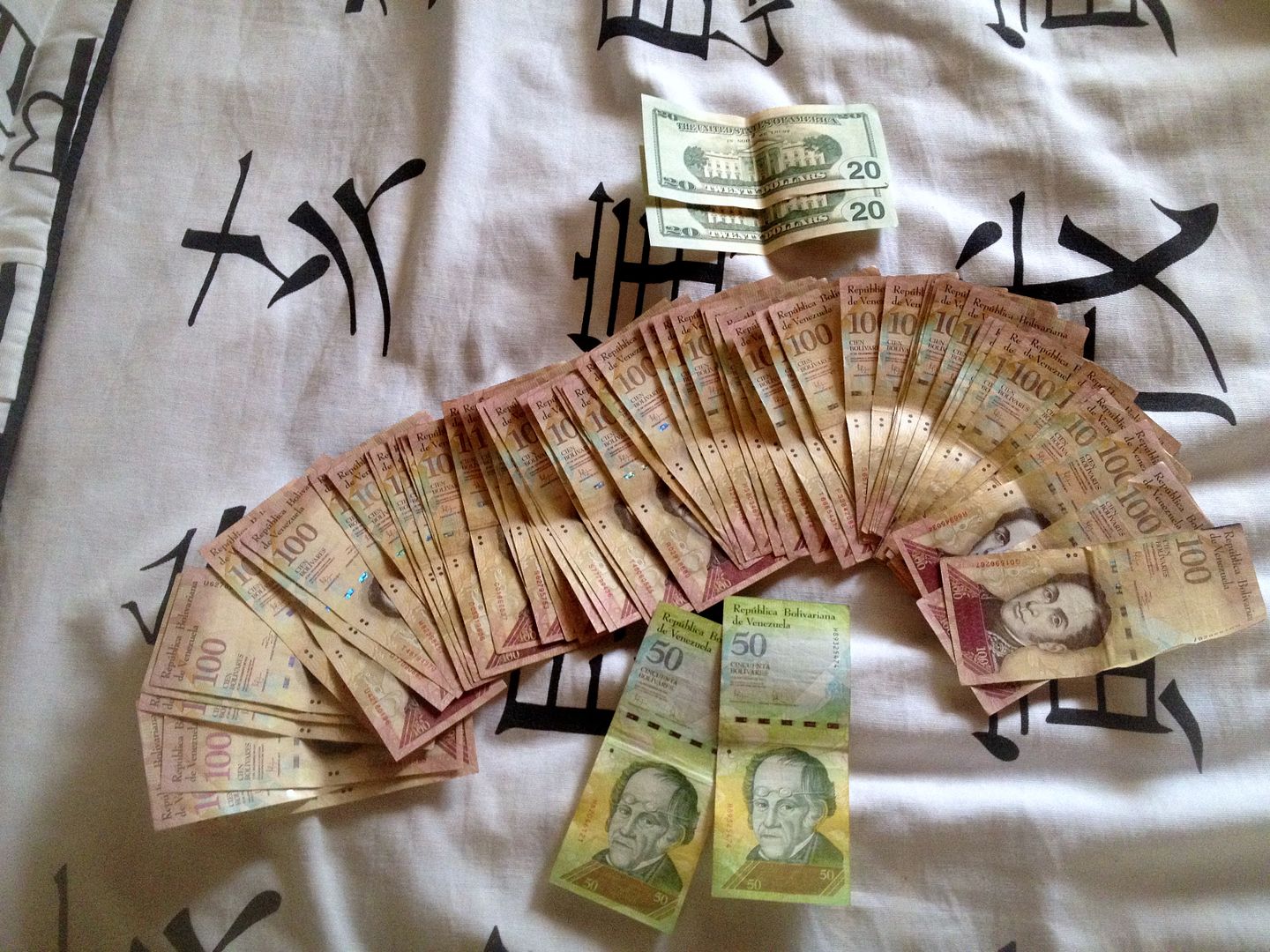
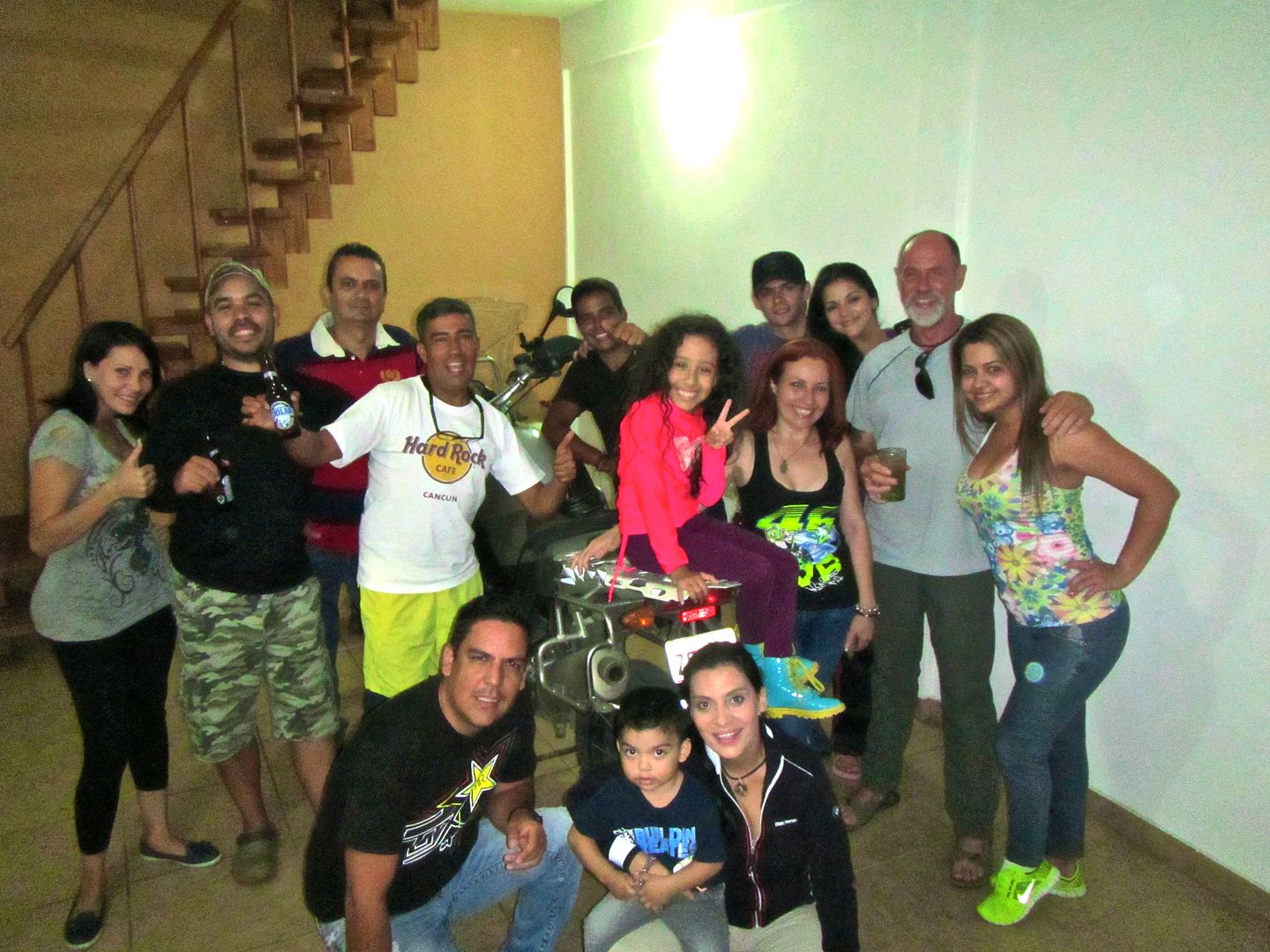
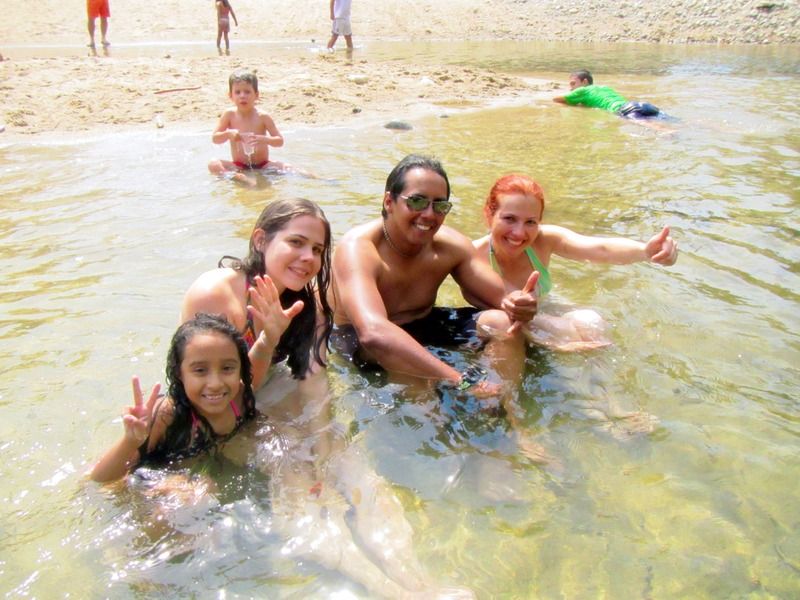
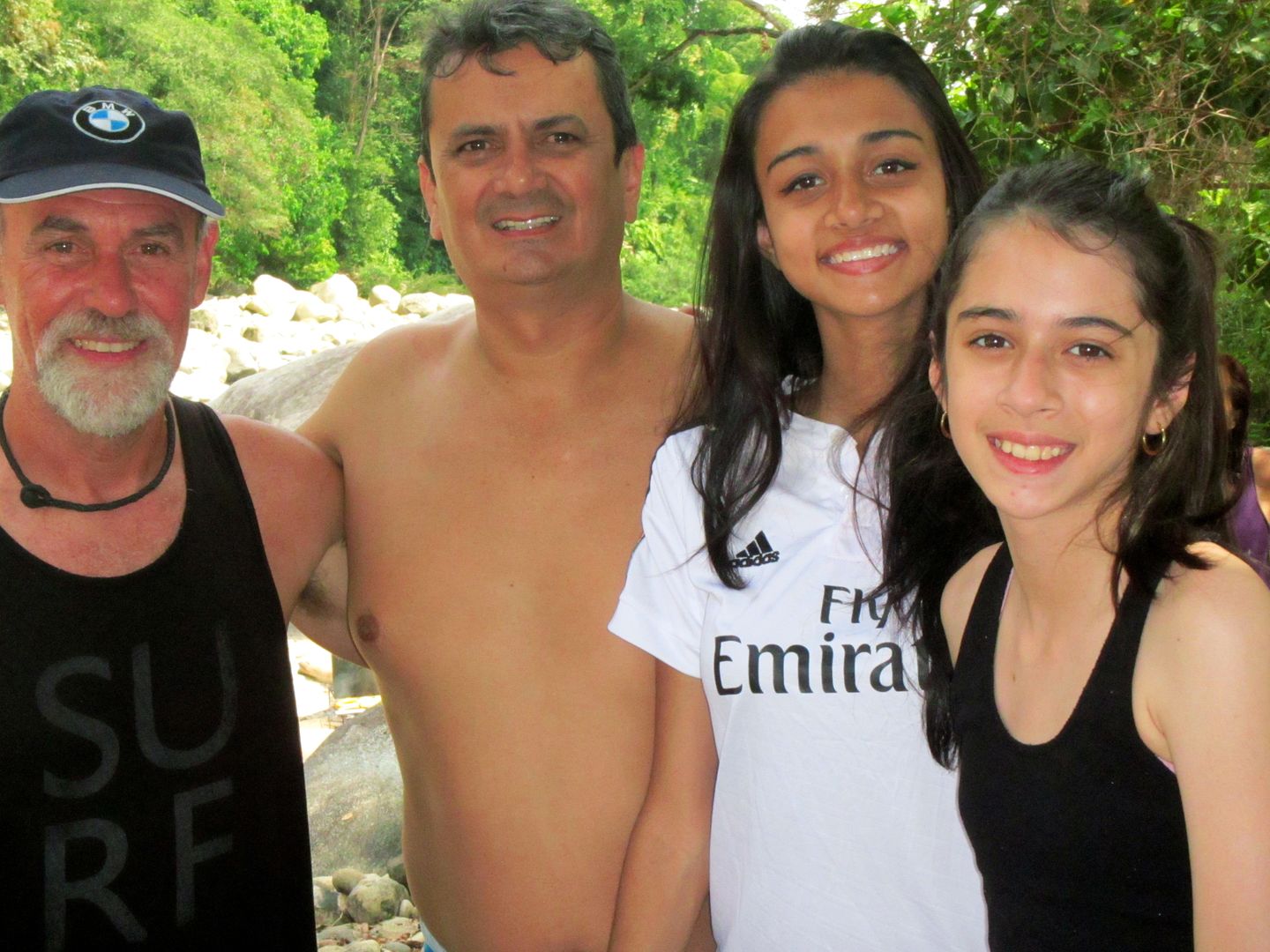
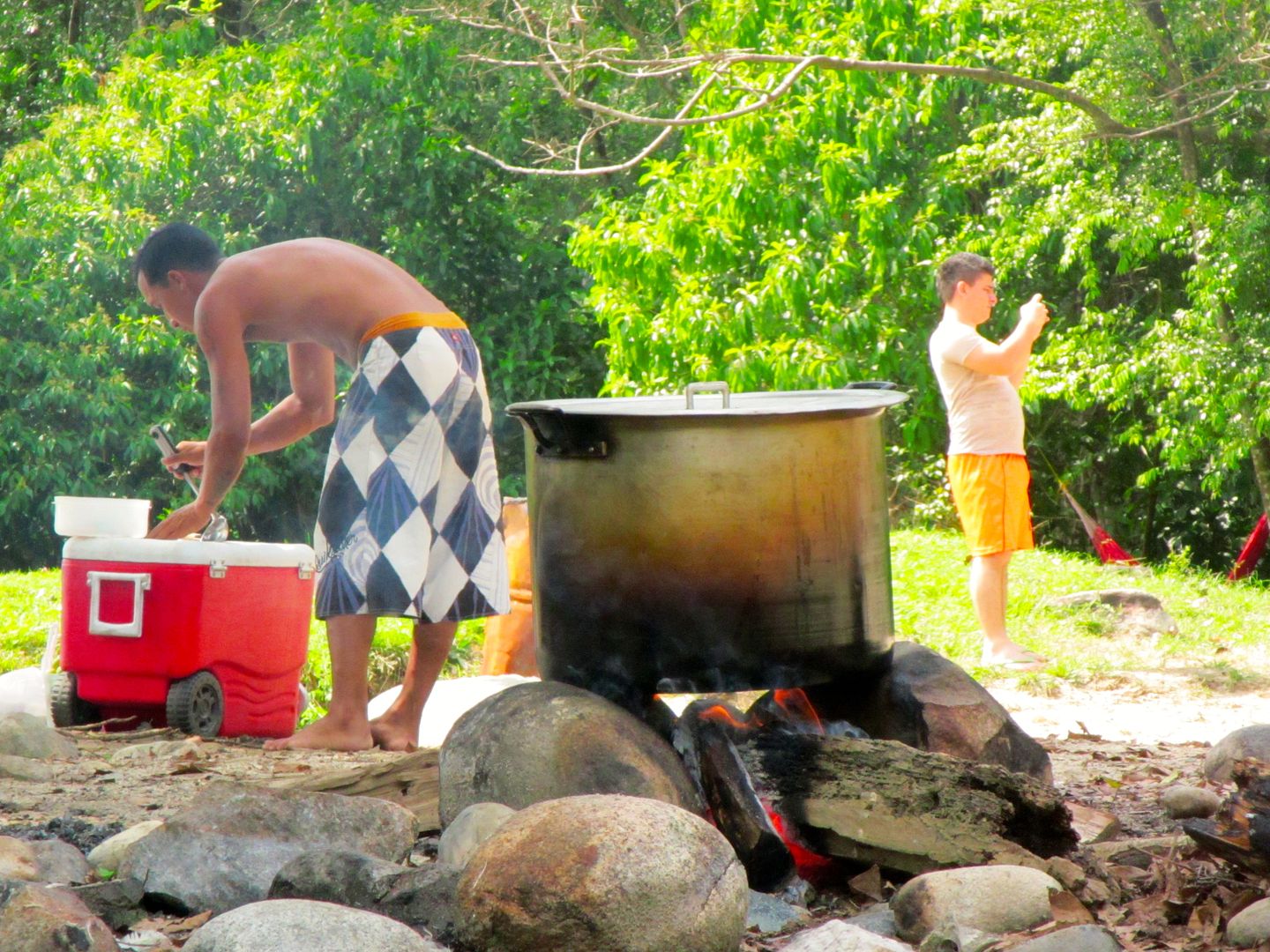
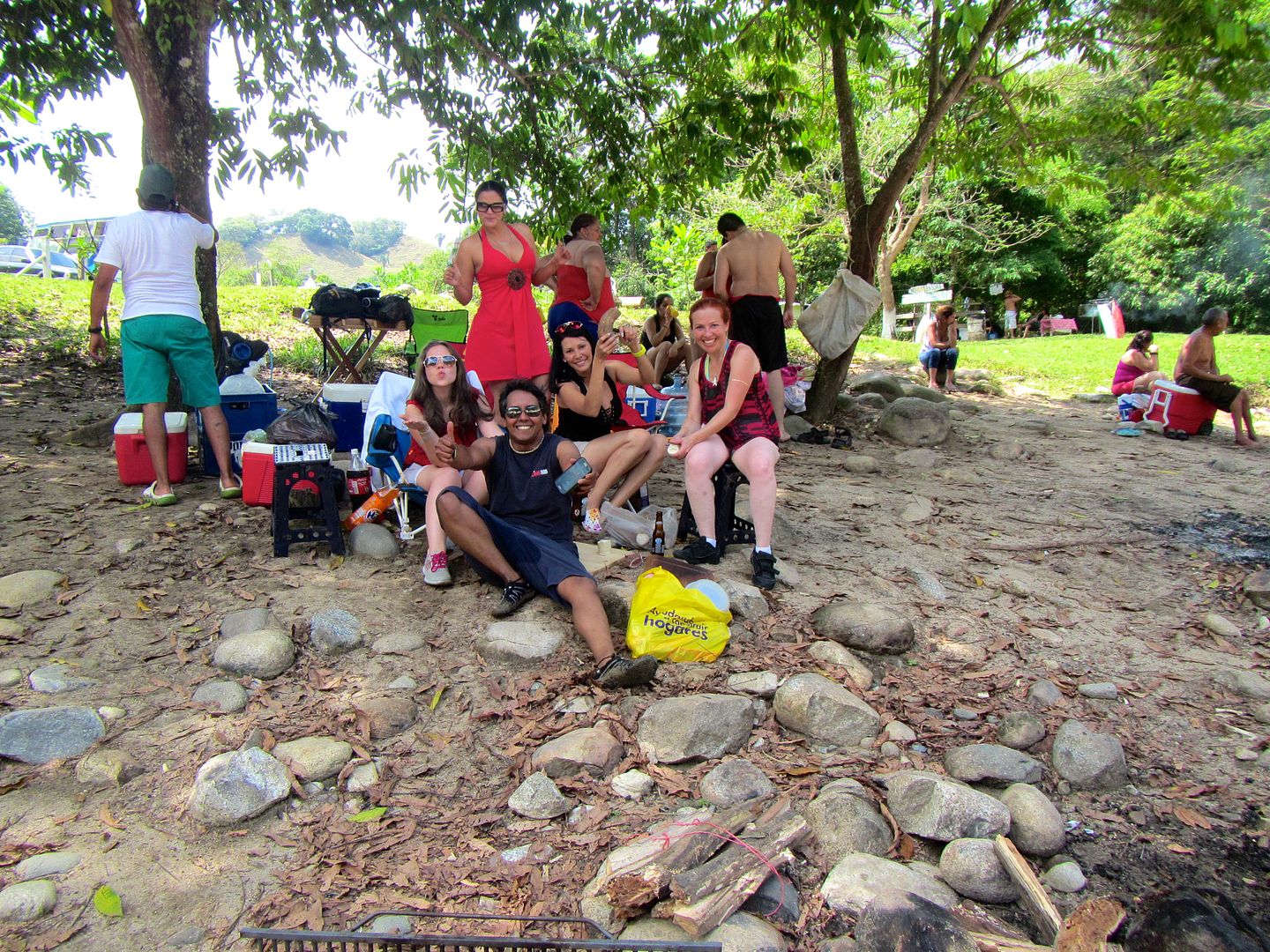


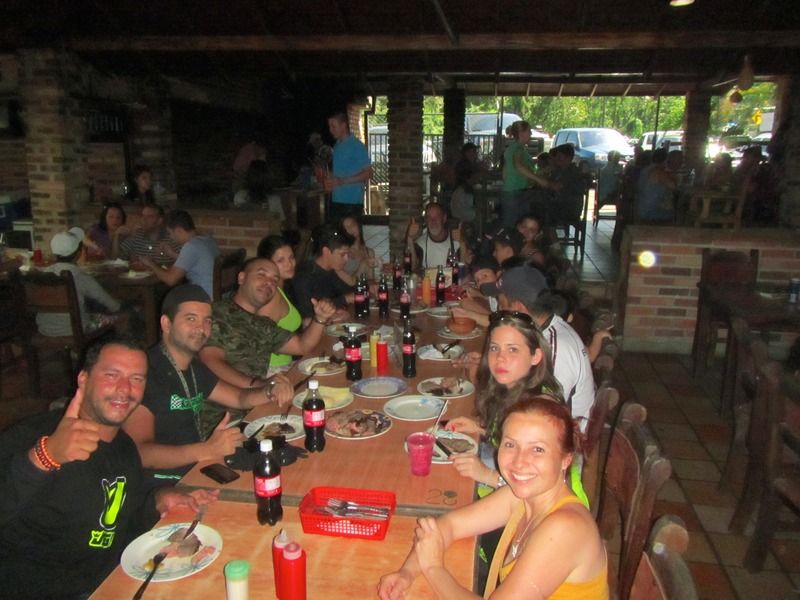
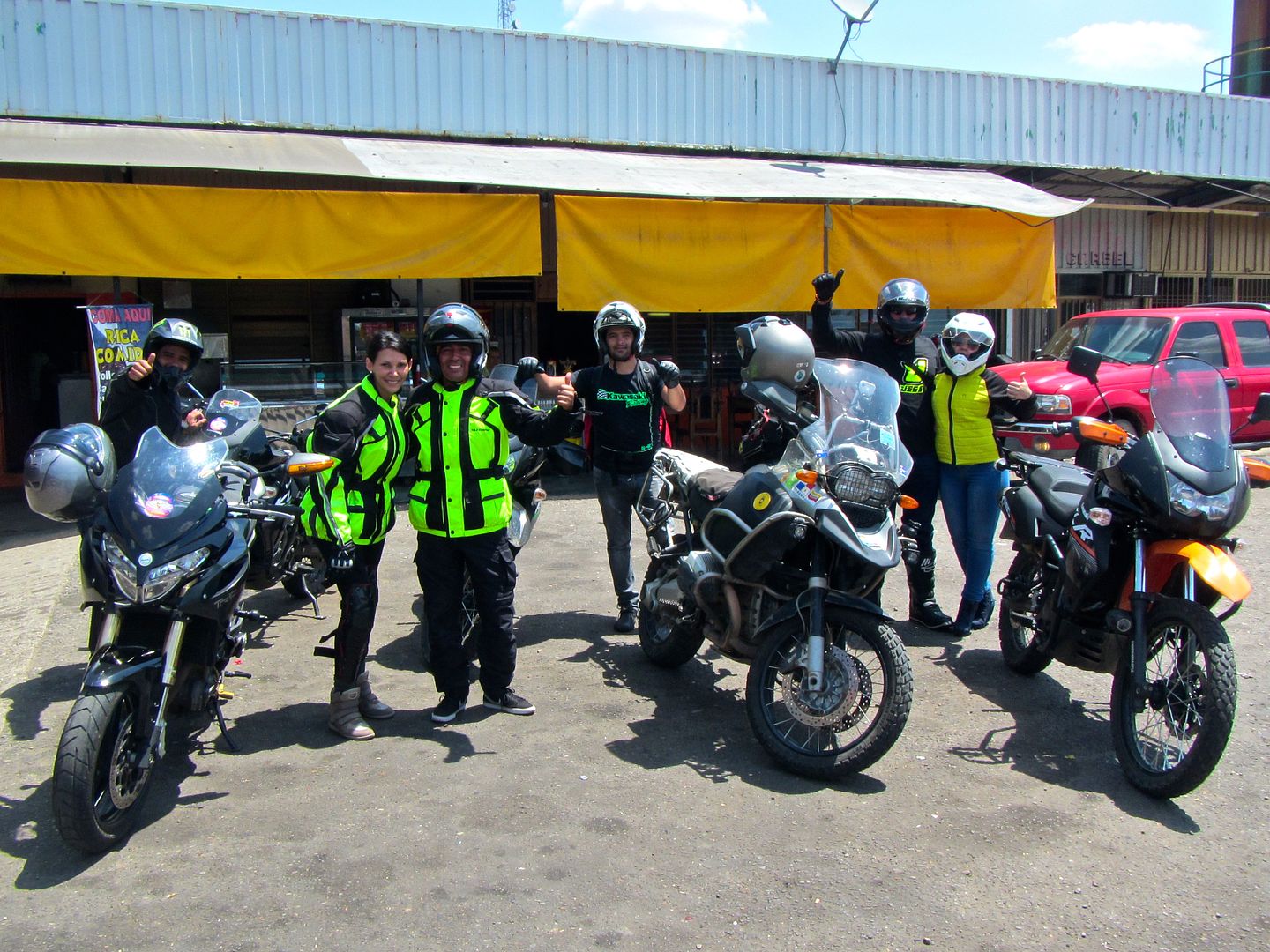
No comments:
Post a Comment